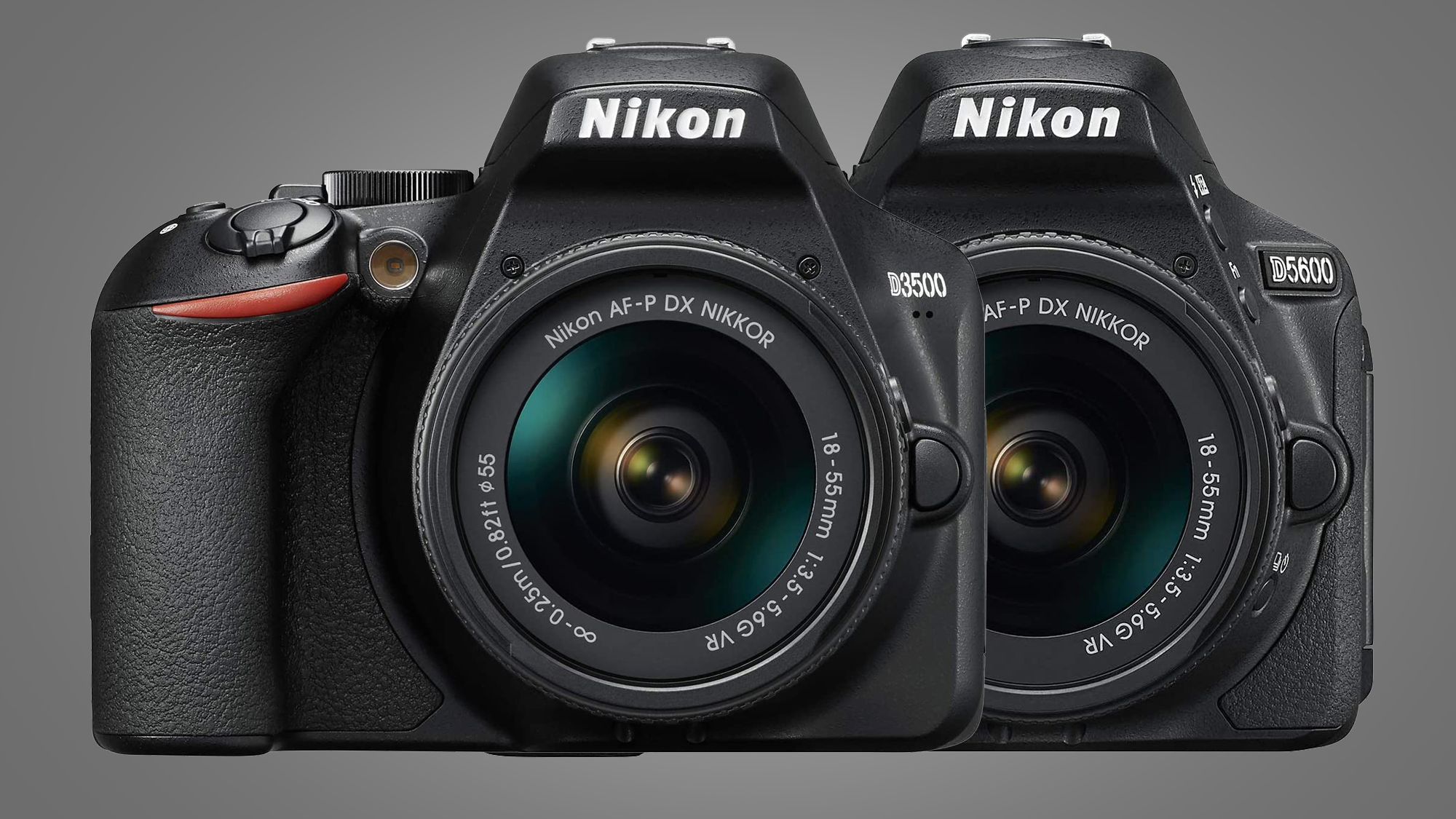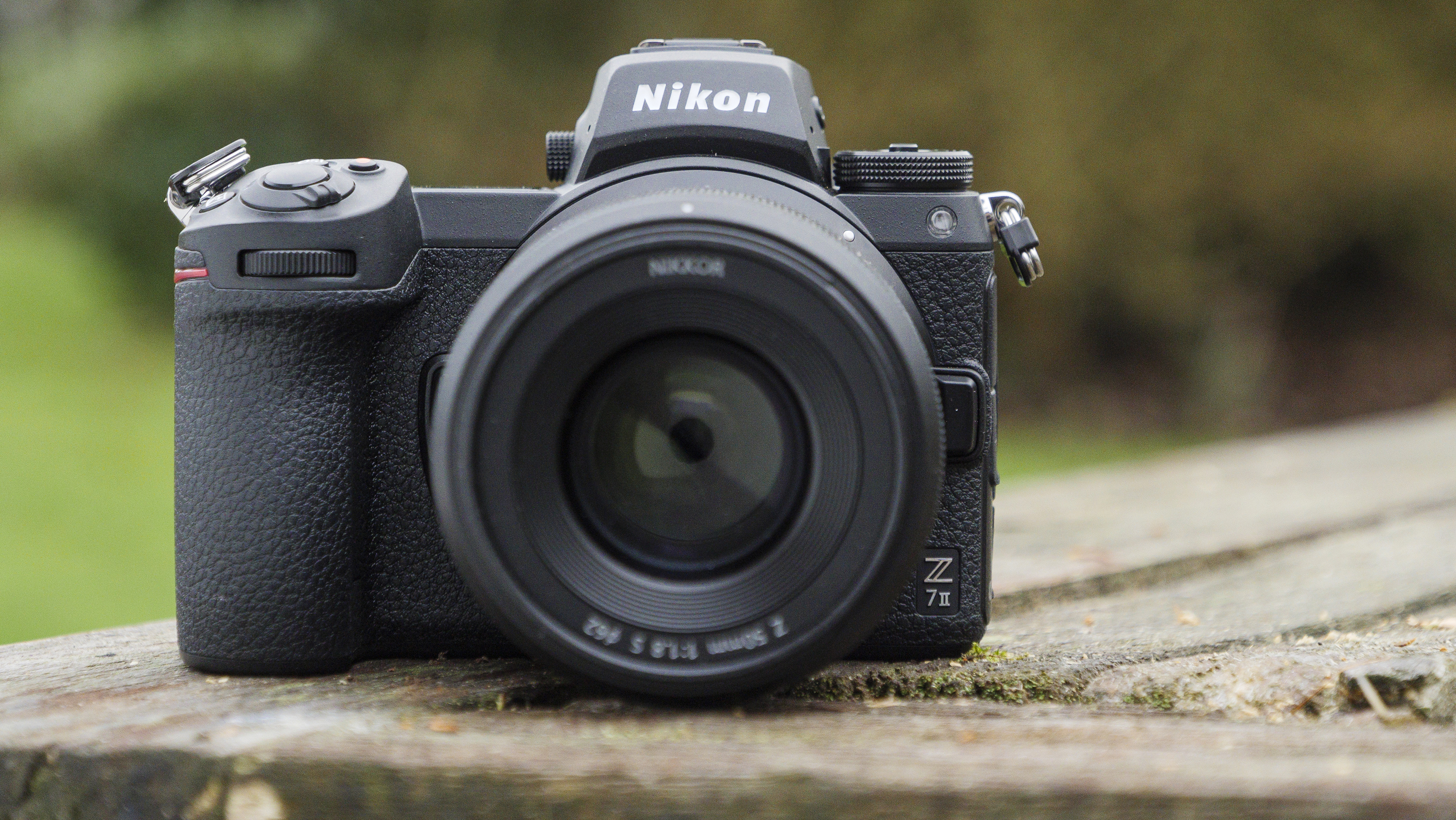A revealing Nikon interview has confirmed that the camera giant will mainly be focusing on mirrorless cameras "for the time being", rather than DSLRs.
During a frank interview with Japanese business magazine Toyo Keizai, Nikon's Managing Executive Officer Hirotaka Ikegami revealed that the company had been too slow in developing mirrorless tech and, in some quotes translated from Japanese, concluded: "For the time being, we will concentrate on mirrorless cameras".
The quote and interview both tally with a recent statement that Nikon gave us about the Nikon D3500 and D5600 DSLRs, in which it hinted that both could be officially discontinued pretty soon.
While production for both cameras is "still ongoing", Nikon told us that both are "archived products" in Japan and that it would only "continue selling these products for the time being". It added that outside Japan, "we will consider the optimal timing for discontinuation based on the needs of the market and customers."
Both the Nikon D3500 and D5600 remain popular DSLRs, with the Nikon D3500 second in our list of the best beginner cameras.
But they're also now a few years old, and the Toyo Keizai interview adds some extra insight into why Nikon has been forced to focus more specifically on mirrorless cameras.
- These are the best DSLRs you can buy right now
- Or check out the best beginner cameras in the world
- Read our in-depth Nikon D3500 review

The great aberration
According to the separate article from Toyo Keizai, Nikon is expected to post a deficit of 75 billion yen (around $725 million / £529 million / AU$932 million) for the fiscal year ending in March 2021. Naturally, a large reason for this has been the knock-on effects of the pandemic which, according to the article, in April saw Nikon's saw year-on-year sales for interchangeable lens cameras drop by a colossal 80%.
But this has also came on top of a general decline in the sales of standalone cameras, which peaked in 2012, along with increased competition from the likes of Sony, which recently pushed Nikon down into third place worldwide (in terms of camera production volume), with Canon reigning at the top.
This has meant a big restructure at Nikon, though Hirotaka Ikegami was keen to stress that this won't come at the expense of product development. In the interview he said: “Although it costs money, we will continue to invest firmly in the image processing engine, so that we can differentiate ourselves with the body and lens. We are not in a situation where we have to cut investment as part of cost reduction.”
Hirotaka Ikegami was also upbeat about the prospects of Nikon's full-frame mirrorless cameras, which recently saw the arrival of new Nikon Z6 II and Nikon Z7 II.
He told Toyo Keizai: “The size of the full-frame mirrorless market, which is mainly purchased by professionals and high amateurs, is gradually increasing. At Nikon, the products that make up the core of the business are expanding faster than the market growth pace. I am concerned about the number of units, but I have switched to a policy of firmly appealing to the core business that understands the value of high value-added models.”

Mirror finish
In short, this is why Nikon is putting its chips on mirrorless cameras, at the expense of DSLRs like the Nikon D3500. Hirotaka Ikegami concluded: "In the fiscal year ending March 2021, we concentrated on mirrorless cameras and expanded the lineup, and this attitude will not change in the fiscal year ending March 2022."
This is a slight shame for those who might prefer to step up their photography with entry-level DSLRs like the Nikon D3500, rather than pricier mirrorless alternatives like the Nikon Z50. DSLRs still have some advantages over mirrorless cameras, such as superior battery lives and lag-free optical viewfinders.
These were the reasons why Nikon was initially a little slow in developing mirrorless equivalents of higher-end DSLRs like the Nikon D850, according to Hirotaka Ikegami. He said: “I was most concerned about how much the performance of the electronic viewfinder (EVF) can be improved, and the number of shots can be increased. I was wondering if it would be accepted by customers such as professionals and high amateurs".
Of course, cameras like the Nikon D3500 and D5600 will continue to exist and be supported by Nikon, for those who prefer that format. But the clear signal from the Toyo Keizai interview is that mirrorless cameras will now be Nikon's focus for new cameras. And despite a difficult year for all camera manufacturers, we're looking forward to seeing what mirrorless treats Nikon has in store next.
- These are the best beginner mirrorless cameras you can buy right now
from TechRadar - All the latest technology news https://ift.tt/3o4K0f5